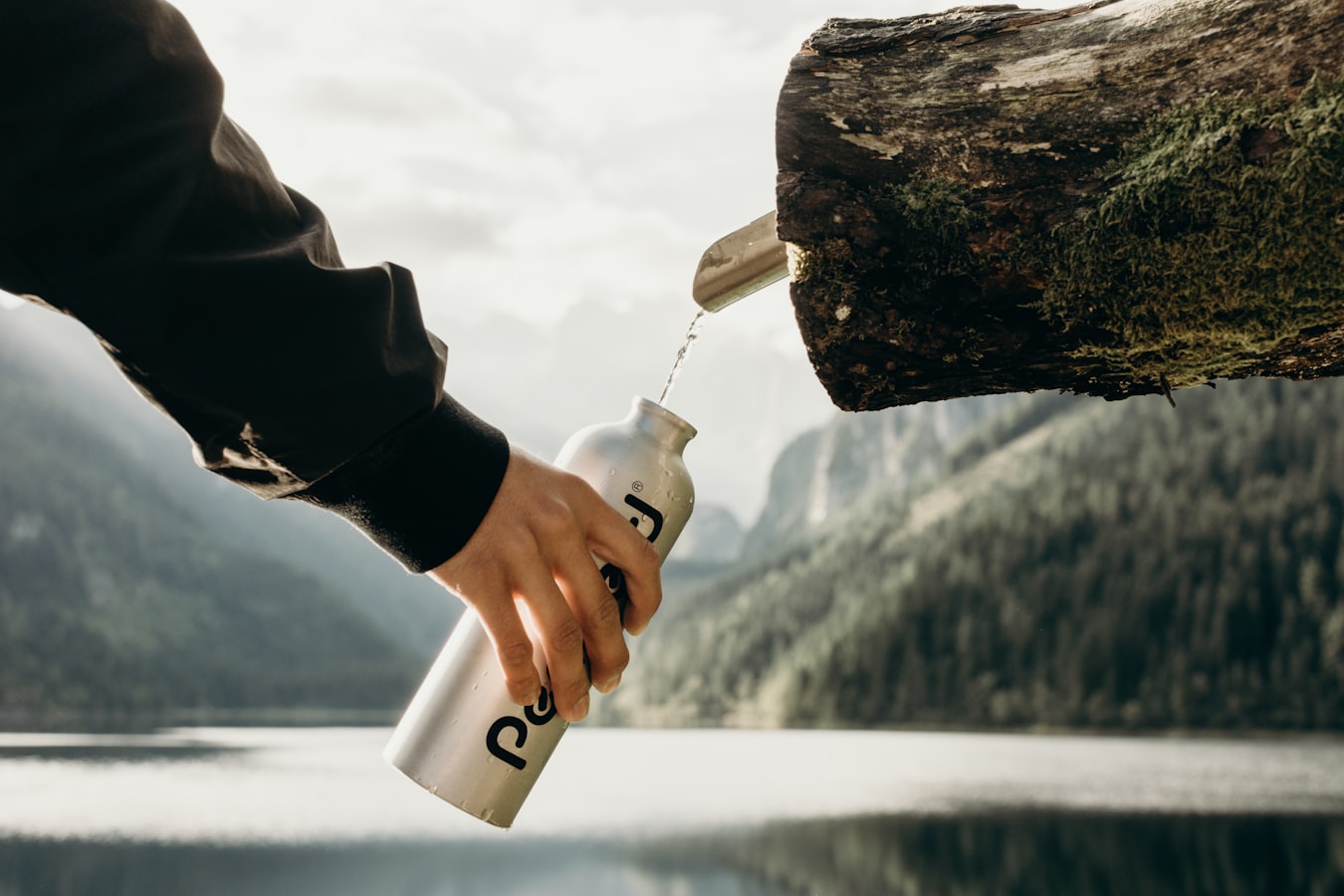Wherever you’re going, it’s always best to pack light. But, hiking is a bit different. You need to pack right when you’re trying to pack light. The key is to strike a balance. When it comes to hiking, there are 10 important basics you need to own.
10 Important Hiking Basics
Shelter
Navigation
Food
Water
Clothes
Footwear
Knife
Fire
First Aid Kit
Headlamp
Shelter
It’s good to have some kind of emergency shelter. Ideally, you’ll have a backpacking sleeping bag and a backpacking tent. You can buy a quality backpacking sleeping bag for under 100$. A quality tent will run you a bit more than that, though.
If you don’t have a tent or can’t buy one now, you still need to have some kind of emergency shelter, even on a short hike. You can always bring a bivy sack, very light tarp, or even an emergency space blanket.
Unless you have your emergency shelter with you at all times, it will be useless. So, don’t leave your shelter behind at the camp.
Navigation
When it comes to navigation, there are five essential tools you’ll need for your hiking trip: a map, PLB (personal locator beacon), compass, and GPS device.
Map: An ordinary map won’t do. Unless you’re going on a frequently visited natural trail or short and easy hike, you need a topographic map. Make sure you learn how to read it. Bring both offline and online versions, in case your phone dies.
PLB: You can use this gadget to contact emergency personnel if something goes wrong. When you activate this device, it determines your position via GPS and sends a message via satellite to search and rescue services.
Compass: Again, a compass app won’t suffice. Make sure to bring a standard baseplate compass as well.
GPS device: You can use GPS to pinpoint your location on a digital map. Get a GPS device that is designed for travel as such devices are durable and weatherproof. Smartphones are fragile, so don’t rely on your phone too much.
Food
Pack items that have a long shelf life and don’t require cooking. Make sure to pack at least an extra day’s worth of nutrition. Things like jerky, nuts, bars, and dried fruits are great for hikes. If you are going on a winter or multi-day adventure, bring along a bit more than an extra one-day supply.
Water
When it comes to hiking, dehydration can be a big threat. Make sure to bring a collapsible water bottle or a reusable water bottle. If you’re looking to buy a long-term solution, it’s best to get a stainless steel tumbler.
While you’re there, it’s also a good idea to have some method of treating water. It can be a stove for melting snow, a purifier/filter, or water purification tablets. When hiking in moderate temperature, the average person needs half a liter of water per hour.
You may need to carry more than that. Factors like altitude, temperature, or level of exertion can make you more thirsty.
Clothes
You have countless options when it comes to shirts, pants, and jackets. The best way to go about it is to think in terms of layers and consider the fabric. The layers you need include:
Base Layer: (top and bottom): next to skin clothing.
Mid Layer: thin and insulating fabrics work best.
Outer layer: the colder the weather, the heavier the shell you need.
Extra socks: Stick to wool. You also need sock liners if you want to avoid blisters.
Hat, gloves, and sunglasses: In cold weather, you’ll need a thick hat that will prevent heat loss.
Generally, when it comes to next to skin clothing, the best fabrics are polyester and wool. Polyester and wool have great moisture-wicking and quick-drying properties. Nylon is a good option too when it comes to pants and polypropylene is a great fabric for long underwear.
Footwear

If there are a lot of roots, rocks, and streams on the trail, it’s best to go with a pair of sturdy boots. When it comes to long distances, your footwear should be well-broken in and comfortable.
Knife and Repair Kit
A quality Swiss Army-like knife can make all the difference. It’s excellent for food preparation and gear repair. The more options it has, the better.
A classic swiss army knife will do, but it would be good to bring a knife with a bigger blade as well. You should also bring a small gear repair kit. It should include:
Stove
Crampons
Tent poles
Sleeping Pad
Safety Pins
Water Filter
Duct Tape
Cordage
Zip Ties
Headlamp

Fire
You need to know how to start and maintain a fire in case of an emergency. Aside from a stove that may be included in your repair kit, you can bring a disposable butane lighter or matches stored in a waterproof container.
First Aid Kit
It’s best to buy a pre-assembled first-aid kit. It should include over-the-counter pain medication, disinfecting ointment, adhesive tape, gauze pads, adhesive bandages, nitrile gloves, and treatment for blisters. You can always add items that suit your individual needs.



















